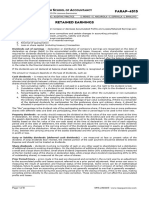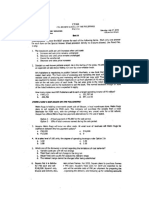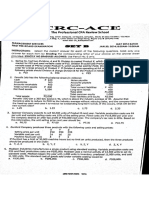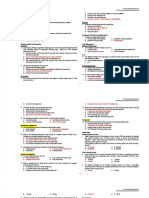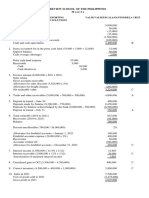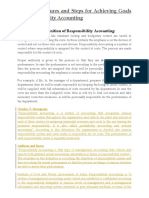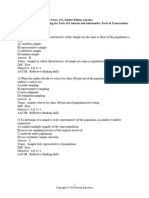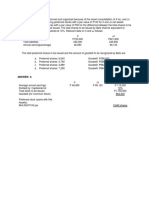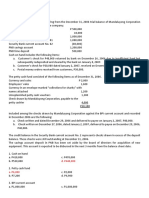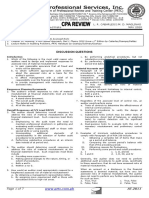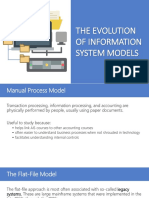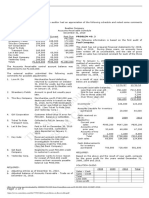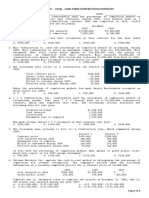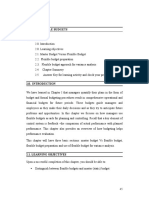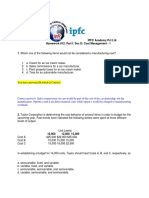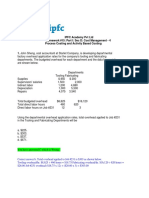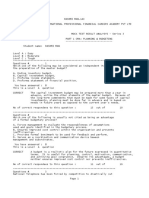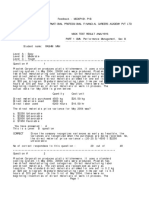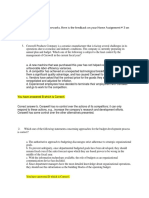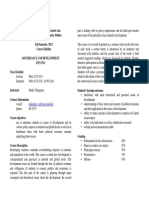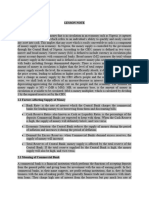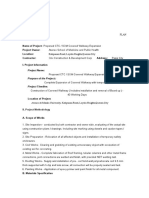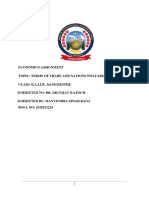0% found this document useful (0 votes)
289 views6 pagesCMA P1 Performance Management Homework
This document is a homework assignment on performance management for an exam. It contains 10 multiple choice questions on topics like flexible and static budgets, variances, and standard costing. The student answered some questions correctly and some incorrectly. The summary provides feedback that the student scored 40% overall, which is average, and encourages them to continue practicing for another 15 days to improve before the exam. It wishes the student and their family a happy new year.
Uploaded by
Raman ACopyright
© © All Rights Reserved
We take content rights seriously. If you suspect this is your content, claim it here.
Available Formats
Download as PDF, TXT or read online on Scribd
0% found this document useful (0 votes)
289 views6 pagesCMA P1 Performance Management Homework
This document is a homework assignment on performance management for an exam. It contains 10 multiple choice questions on topics like flexible and static budgets, variances, and standard costing. The student answered some questions correctly and some incorrectly. The summary provides feedback that the student scored 40% overall, which is average, and encourages them to continue practicing for another 15 days to improve before the exam. It wishes the student and their family a happy new year.
Uploaded by
Raman ACopyright
© © All Rights Reserved
We take content rights seriously. If you suspect this is your content, claim it here.
Available Formats
Download as PDF, TXT or read online on Scribd
/ 6


